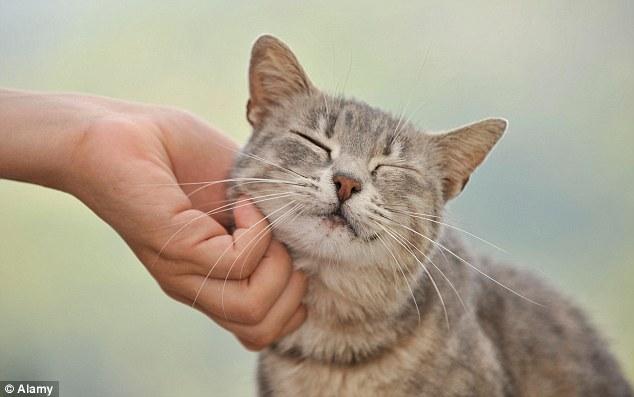
These are techniques that I have used successfully to calm a stray cat that lived on the streets for 3 years. She is now this biggest cuddler and purrer that I have.
Again, let the cat control the situation. She will come around faster if you start with ignoring her (no picking her up, no petting, no reaching out to her, etc.) Any type of movement towards her, no matter how well intended, may be seen as you being aggressive towards her. Slow and steady wins the race.
Also remember to give her the time to socialize. Cats over the age of a couple months are in survival mode as an instinct until they are reassured that they can trust. It takes time (some more than others) but it is very rewarding when it happens.
